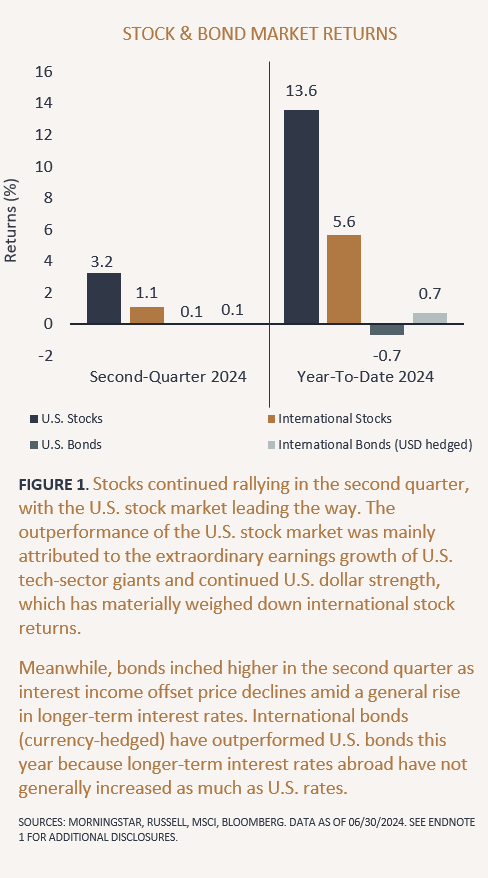On July 4, 2025, President Trump signed the sweeping One Big Beautiful Bill (OBBB) into law, a policy package packed with tax changes—most notably new deductions for tips and overtime pay, available for the 2025 through 2028 tax years. These historically significant deductions are expected to benefit millions of U.S. workers in service and hourly industries, but experts caution that key details remain undecided pending Treasury guidance.
1. What the Law Offers
Tips
- Workers in eligible tipped occupations (such as servers, bartenders, delivery drivers, and barbers) may deduct up to $25,000 on federal income tax, if their adjusted gross income (AGI) is under $150,000 ($300,000 for married couples filing jointly).
- The deduction phases out by $100 for every $1,000 over those thresholds.
- Importantly, these deductions apply even to taxpayers who claim the standard deduction, meaning they don’t need to itemize to benefit.
Overtime Pay
- The law permits a deduction of up to $12,500 (or $25,000 for joint filers) for qualified overtime, defined under the Fair Labor Standards Act (FLSA) as the overtime premium above the regular rate.
- Similar AGI-based phase-outs apply. Overtime deductions are excluded for roles exempt from FLSA rules, such as executives, teachers, and clergy.
These provisions take effect retroactively from January 1, 2025, and can be claimed on next year’s tax return (for income earned in 2025). They are set to expire after the 2028 tax year.
2. Eligibility and Documentation
Which Occupations Qualify?
The Treasury Department must publish by October 2, 2025, an official list of occupations that “customarily and regularly received tips before December 31, 2024.” That list will ultimately determine eligibility.
What Counts as Qualified Tips or Overtime?
- Tips must be voluntarily given by patrons—cash, card, or pooled tips—excluding mandatory service charges.
- Overtime refers to the premium pay above 1× the base rate, not total earnings. Non‑FLSA overtime, such as that dictated by state law or collective bargaining agreement, is excluded.
Reporting Rules & Employer Implications
- Employers must separately track and report qualified tips and qualified overtime on W‑2 (and Form 1099 for contractors). For 2025, employers may use a “reasonable method” to estimate such amounts. By 2026, exact figures must be reported.
- Payroll systems may require redesign to accommodate these changes by next year.
3. Potential Financial Benefit
Projected Tax Savings
- Tip workers could save around $1,800 per year, on average. Overtime earners may save between $1,400 and $1,750 annually.
Magnitude of Revenue Impact
- The Joint Committee on Taxation estimates the deductions will reduce federal revenue by $31 billion for tips and $90 billion for overtime between 2026 and 2029.
Millions Affected
- Nearly 8% of hourly workers and 4% of salary workers regularly earn FLSA overtime, primarily in manufacturing, healthcare, and service sectors.
- The restaurant industry alone employs 2.1 million servers and bartenders; many others in gig economy roles (e.g., rideshare drivers, hairstylists) also regularly receive customer tips.
AP NewsABC News
4. Unresolved Questions and Policy Uncertainty
Treasury Guidance Pending
- Occupation eligibility criteria and reporting instructions are yet to be released.
- Changes to IRS withholding tables and Forms (such as W‑4/W‑2) will follow based on Treasury rules.
Employer Burden
- Employers are advised to continue regular payroll withholding until the IRS publishes official guidance—even though deductions are retroactive.
- Payroll departments face uncertainty over how to record overtime and tips correctly without standardized templates.
Interplay with Other Provisions
- These deductions are part of the larger One Big Beautiful Bill, which includes expansions like increased SALT caps, child tax credits, auto loan interest deductions, and changes to Social Security benefits for seniors. That context may influence overall taxpayer strategy.
5. Strategic Considerations: What Workers Should Do Now
Income Planning Ahead of Year-End
- Workers approaching the AGI thresholds ($150K single / $300K joint) may benefit from tax planning strategies—like pre‑tax retirement contributions or HSA deposits—to preserve full eligibility.
Document Tips and Overtime Carefully
- Keep detailed records: tip logs, shift summaries, payroll stubs showing overtime breakdowns.
- Employers might begin tracking overtime premiums separate from regular pay even before rules are finalized.
Review Tax Withholding Mid-Year
- If your employer adjusts payroll for the deduction early, you should revisit W‑4 settings and year-to-date withholding estimates—or consult a tax professional.
6. Broader Implications
For Service and Gig Work
This policy represents one of the first major tax provisions aimed directly at tipped and hourly service workers. If implemented carefully, it could boost take-home pay for millions and address long-standing fiscal inequities in digital gig economies.
For Employers and Payroll Practice
Organizations employing tipped and hourly staff must upgrade payroll systems—and perhaps consult payroll experts—to meet emerging reporting demands. Missteps could risk IRS audit exposure, especially once detailed guidance is issued.
For Federal Finances
While the deductions offer relief, they are estimated to reduce federal revenue by about $121 billion from 2026 to 2029, contributing to broader fiscal strain created by the OBBB. Critics argue this giveaway disproportionately benefits workers in traditionally lower-wage sectors, though others counter that such measures provide much-needed equity.
7. What to Expect through Late 2025
- By October 2, 2025: Treasury must publish qualifying occupations and final reporting instructions.
- Late 2025: IRS updates withholding tables and forms like W‑2 and W‑4 to align with deductions.
- 2026 onward: Employers shift from estimation to exact reporting; taxpayers begin claiming deductions on 2025 returns filed in early 2026.
Conclusion: A Historic Yet Nuanced Move
The new law marks a rare legislative break aimed directly at reducing tax burdens for everyday service and hourly workers. By allowing deductions for tips and overtime up to $25,000 annually (on joint returns), the legislation seeks to provide financial relief to those who earn additional compensation beyond base pay.
But realizing these benefits depends on careful rule-writing, strategic record-keeping, and proactive planning—both by employees hoping to maximize their savings and by employers tasked with evolving payroll practices. As guidance unfolds, workers should monitor developments closely and take steps to document earnings and manage AGI levels if they hover near cutoff thresholds.






Leave a Reply